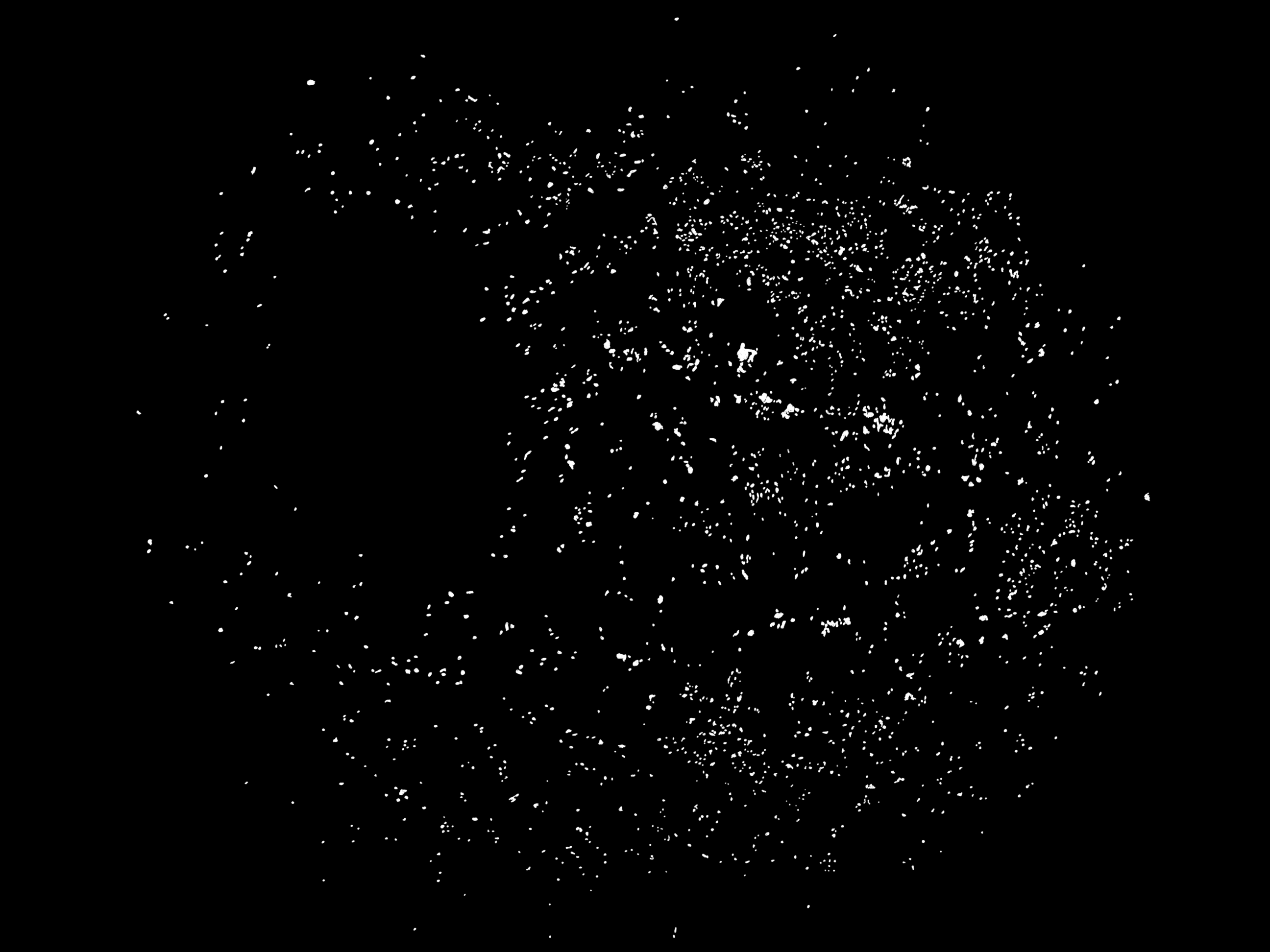Research
‘Melting’ crystals to fight blindness
Retinal gene therapy researchers are developing a potential gene therapy to ‘melt’ the crystals on the retina which impair vision in people with Bietti Crystalline Dystrophy.
A possible treatment for Bietti Crystalline Dystrophy is one step closer to clinical trial following positive results in the lab.
“While not many non-ophthalmologists may have heard of Bietti Crystalline Dystrophy, it’s actually one of the most common inherited retinal diseases in Southeast Asia,” says Dr Tom Edwards, Principal Investigator at CERA.
“Also, from a scientific point of view, it has a number of features that make it an appealing target for gene therapy.”
The research to find an investigational therapy, led by Dr Edwards, ophthalmologist Dr Doron Hickey and their team, has reached a milestone following the publication of their work in the journal Scientific Reports.
The paper identifies a viral vector with the capabilities to deliver the therapy, bringing it one step closer to a clinical trial.

Missing proteins
The condition is caused by a fault in the CYP4V2 gene, which provides the instructions that the body uses to create a particular protein in the eye.
This protein has a critical role in breaking down lipids – a type of fatty acid. But for people missing this protein, this process is interrupted.
“Without this protein the lipids do not break down, leading to the crystals that form on the retina that impair vision,” says Dr Sloan Wang, Research Fellow in the Retinal Gene Therapy Unit, who led the lab that undertook the work for this project.
“If we can introduce the protein back into the eye, it could be possible to dissolve the crystals.”
Special delivery
To do this, the team have taken the missing gene and put it into a viral vector called AAV2.
Their lab research verified that this method is an effective method of delivering the missing gene.
“This type of therapy is called gene supplementation therapy,” says Dr Wang.
“The healthy gene that we introduce into the cells starts copying itself, and then starts to produce the protein in the eye.”
The effect has the potential to reverse vision loss.
“Once the crystals are dissolved, we’ll then, theoretically, be able to restore a person’s vision,” says Dr Wang.
The next stage for the research would be testing the treatment outside of the lab.
“We’ve shown about as much as we can in a laboratory setting – that this treatment has a good prospect of treating the disease,” says Dr Edwards.
“The next step would be going ahead with a clinical trial.”
Building on the success of his work, Dr Wang was recently announced as a 2022 Graduate Education Fund Scholar by the American Australian Association.
The prestigious scholarship will allow him to study at Yale University for a year, where he will focus on the development of novel viral vectors for future gene therapies.
“There’s an old saying about the efficacy of the gene therapy: delivery, delivery delivery,” says Dr Wang.
“The deliverer of genes is the foundation of all gene therapies.”
“What I will be working on is a way to deliver the gene therapy that is safer, more effective, and with less limitations.”
“It’ll be interesting to develop those skills and bring them back to CERA.”
Dr Edwards says the opportunity reflects Dr Wang’s many successes at CERA and is a well‑deserved opportunity: “Sloan has been an outstanding postdoc, and he’ll come back from this even better and more accomplished as a scientist.”
Read the research
Wang, JH., et. al. (2022) AAV2-mediated gene therapy for Bietti Crystalline Dystrophy provides functional CYP4V2 in multiple relevant cell models. Sci Rep https://www.nature.com/articles/s41598-022-12210-8
